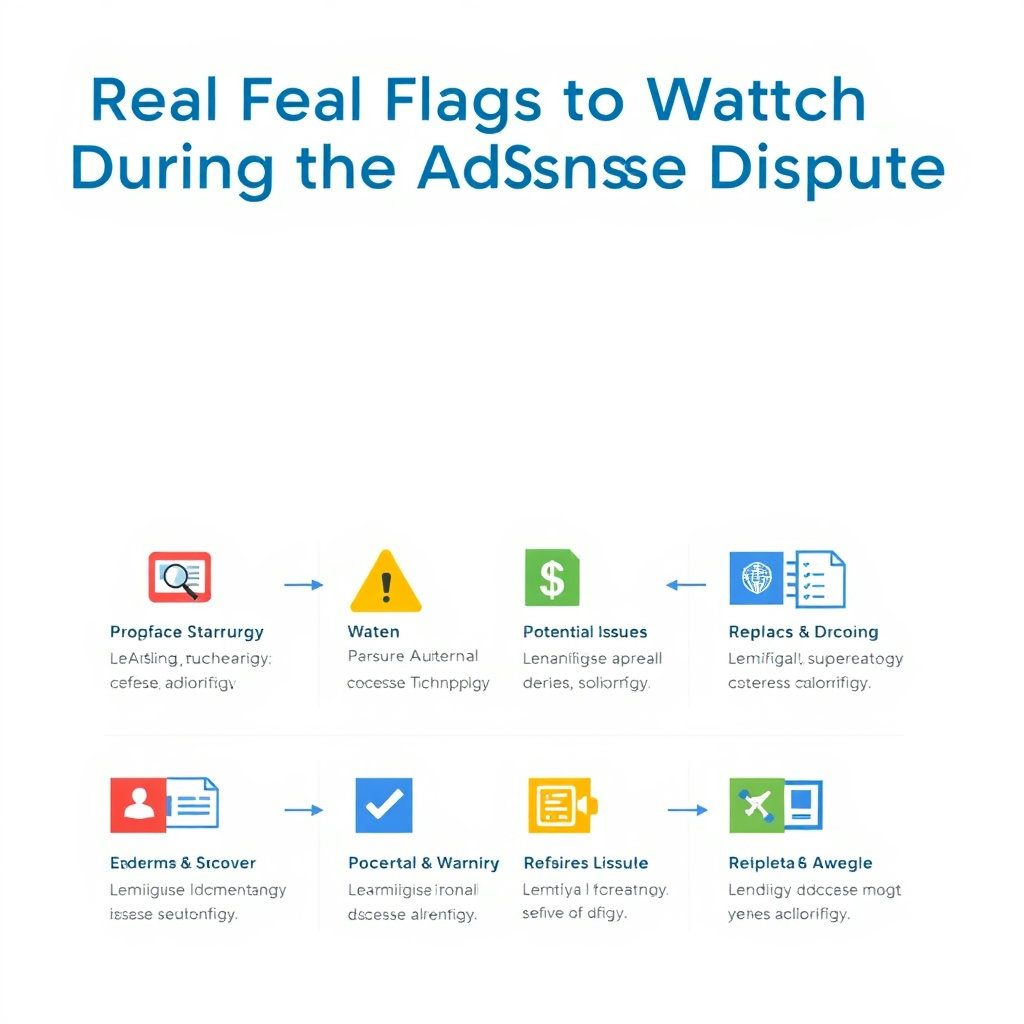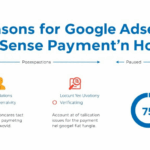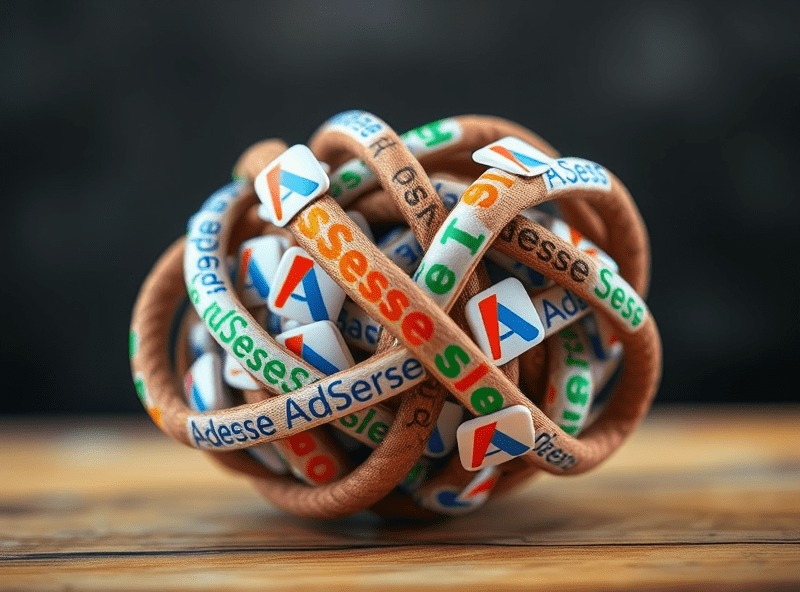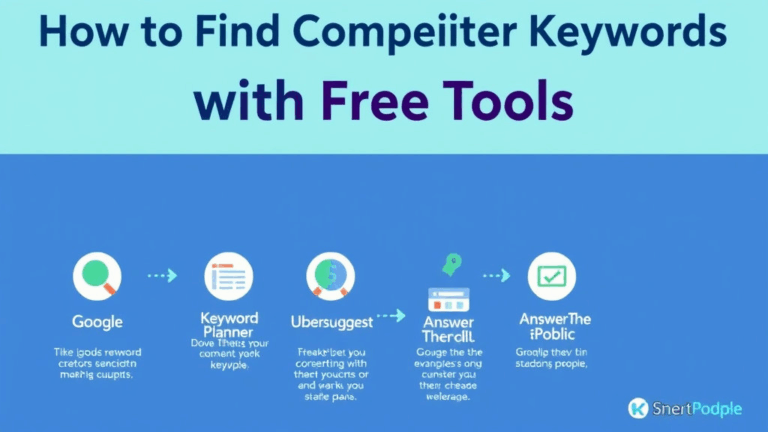Real Flags to Watch During an AdSense Appeal Dispute
AdSense disabled my account with no warning
Around 10:27 AM on a Tuesday, I got the dreaded “Your AdSense account has been disabled due to policy violations” email. Nothing specific—no URL, no date, just the usual canned blurb about invalid traffic. Which is fun, because I hadn’t touched anything weird recently, and traffic was totally normal. CTR wasn’t spiking, no sudden international traffic, and I hadn’t installed any new plugins for weeks.
Okay, maybe I did forget to remove some old iframes from an archive template. But still. No warning, no alert in the dashboard. Just boom, gone. If you haven’t hit this wall yet, understand: it’s not just about the actual violation. It’s about the badly-behaved detection triggers that can misfire, especially if you play around with any dynamic content or geo redirection scripts (hello Cloudflare Workers).
The AdSense appeal form is intentionally vague
Google doesn’t offer much context in the appeals process, and I think that’s by design. The appeal form insists you tell them what happened, how you fixed it, and how you’ll prevent it… without telling you what the actual infraction was. So now you’re writing a confessional apology for a crime you weren’t told about.
“Please explain the violation in detail and describe the changes you’ve made to prevent it in the future.”
How? I guessed. I wrote 400 words about blocking low-quality referrals, added logging around server responses, and promised to triple-check ad placements with their heatmap policies. It felt like doing retroactive PR damage control for a customer crisis no one could name. Honestly, put energy into showing you’re now treating every user click like it might set off a fraud alarm. Doesn’t matter if you disagree—it’s about making them feel safe monetizing you again.
Reused domains and historical violations travel with you
Here’s the gut-punch I didn’t expect. One of my sites had briefly flirted with link-exchange groups back in 2021 (don’t judge—everyone got weird during lockdown), and I’d since let it expire. Later I reused that domain name for a clean blog. Fresh hosting, fresh content, no old posts preserved. Still, when I attached the new site to AdSense, the rejection came instantly.
Turns out, the AdSense backend still remembers historical associations with a domain—even if you’ve wiped the DNS and built it from scratch. I only realized this after comparing response headers from old site snapshots via archive.org versus what I had now. Google had once flagged the domain as problematic internally, and that shadow record never resets—even if WHOIS and IPs flip.
The logs that helped me sleep for three hours
The one thing that let me rule out bot activity was setting up server-side logs to track user-agent and referrer pairs during click events. I used a basic PHP logger to write JSON to flat files for every event tied to Adsense iframe container clicks. The moment I filtered traffic by Googlebot click simulators (they tag oddly as Linux, Chrome versions with decimal bloat), one thing became clear–no click fraud at all.
{
"event": "ad_click",
"user_agent": "Mozilla/5.0 (Windows NT 10.0; Win64; x64)...",
"referrer": "https://reddit.com/...",
"timestamp": 1704603213
}I slept three hours that night. Not enough—but it ruled out auto-refresh click loops or shady traffic networks. That kind of data helped me build a narrative that this wasn’t intentional abuse. The appeal included a paragraph breaking down actual weekly traffic shifts with metrics from proxy headers and secondary analytics—because Google doesn’t care what your frontend looks like. They want to know what your logs say.
If any layout tweaks caused it, blame this one dumb CSS bug
A theme I used created a weird situation with responsive ad containers. Specifically: when the viewport shrunk below 720px, the container div didn’t shrink, but rather scrolled horizontally off-screen while still triggering display. This made it kind of technically invisible, but present and serving—which is a no-go under placement rules.
So imagine auto-ads running inside a flex layout with overflow:hidden mishandled. Those ad slots were drawing in, getting counted, but weren’t actually viewable without deliberate user effort to scroll. My immediate fix was to hard reset those container widths via a viewport trigger:
@media screen and (max-width: 720px) {
.adslot-container {
max-width: 100% !important;
overflow: visible !important;
}
}As dumb as it sounds, just cleaning this up cut ad impressions by like 30% mobile-side the next week—but AdSense stopped complaining. Bug had been there for months.
Your appeal will be mostly ignored unless you include these
Highly specific things I included that seemed to make a difference
- 3-day traffic variances across top pages (sourced from both GSC and Matomo, not GA4)
- Adjusted ad refresh logic to be event-triggered, not time-driven
- Screenshot of crawler exclusion in robots.txt updated THAT DAY
- Short-term GeoIP redirect removed—replaced with prompt-based country detection
- Subdomain isolation logic explained with DNS/Cloudflare configs
- Server response headers showing clean cache-control and no accidental redirects
- Snippets from error logs showing removal of malformed AMP fallback ads
The more dry, high-signal stuff you can show in your appeal, the more it feels legitimate on their side. Emotion or frustration doesn’t land. Code and config diffs do.
They’re not reading your words—they’re scanning your patterns
Here’s what finally clicked for me: Google isn’t reading your appeal like a human. No one is sitting there nodding along with your apology paragraph. They’re pattern-matching against risk factors, most of which are opaque. Basically, if you write like a scared spammer or a desperate affiliate with a sob story, you’re automatically filtered out. If you write like a technician sending an incident report, you might squeeze past.
There’s also a rumor—unconfirmed, but feels real—that the appeal scanner throws it out automatically if there’s any mention of trying to game the system in the past. Even if it’s phrased like, “I used to add incentives, but now I removed them.” Just mentioning past abuse might be a trigger to auto-decline. I scrubbed mine clean of anything that could be construed as prior intent.
What actual reinstatement looks like (it’s weirdly silent)
If your appeal gets accepted, the email doesn’t CELEBRATE anything. No fireworks. Mine literally just landed: “Ad serving has been re-enabled.” Not even “We appreciate your efforts.” Just pure indifferent bureaucracy. Ads started rendering again maybe 12 hours later, and revenue resumed like nothing happened. That first dollar trickle was somehow more validating than a human response would’ve been.
But I still haven’t touched those archive iframes since. Or clicked my own site from a mobile VPN like I used to for design testing. The reactivation proved one thing, though—the actual appeal result kicks in without any dashboard countdown or banner or celebration. Just check your ad units manually. That’s how you’ll know.














